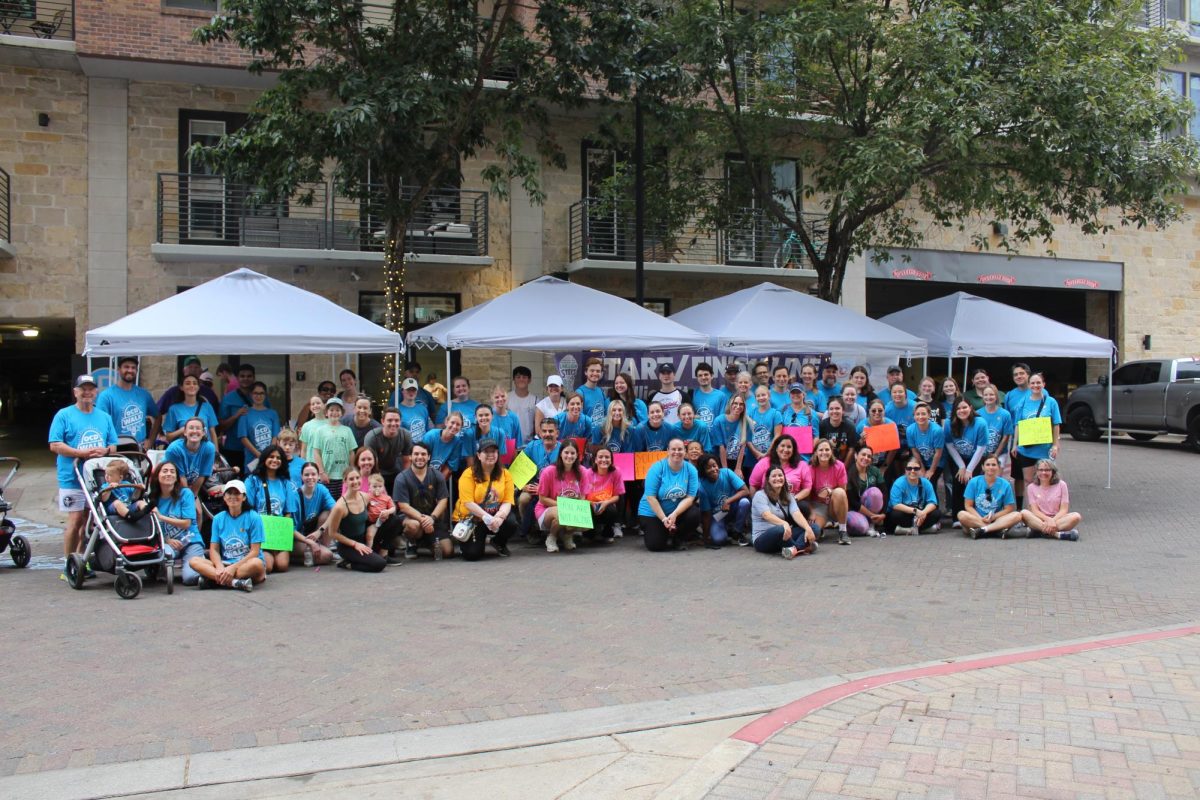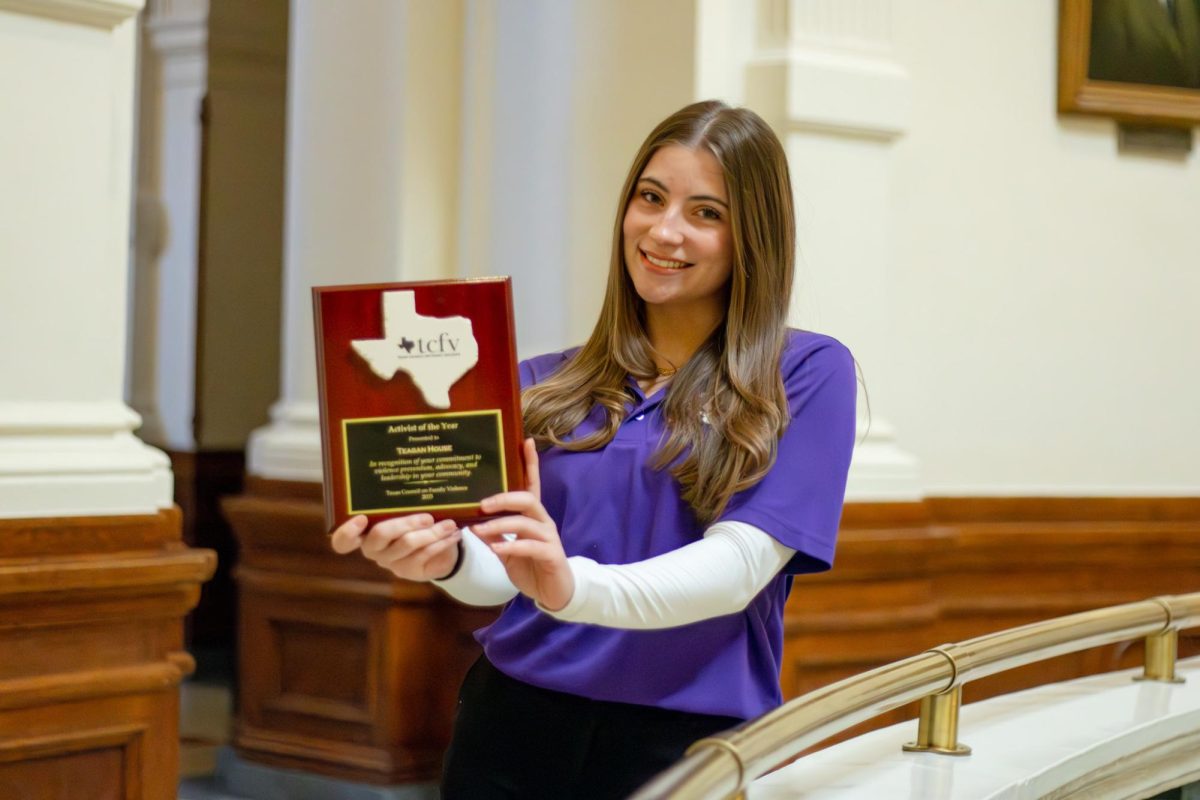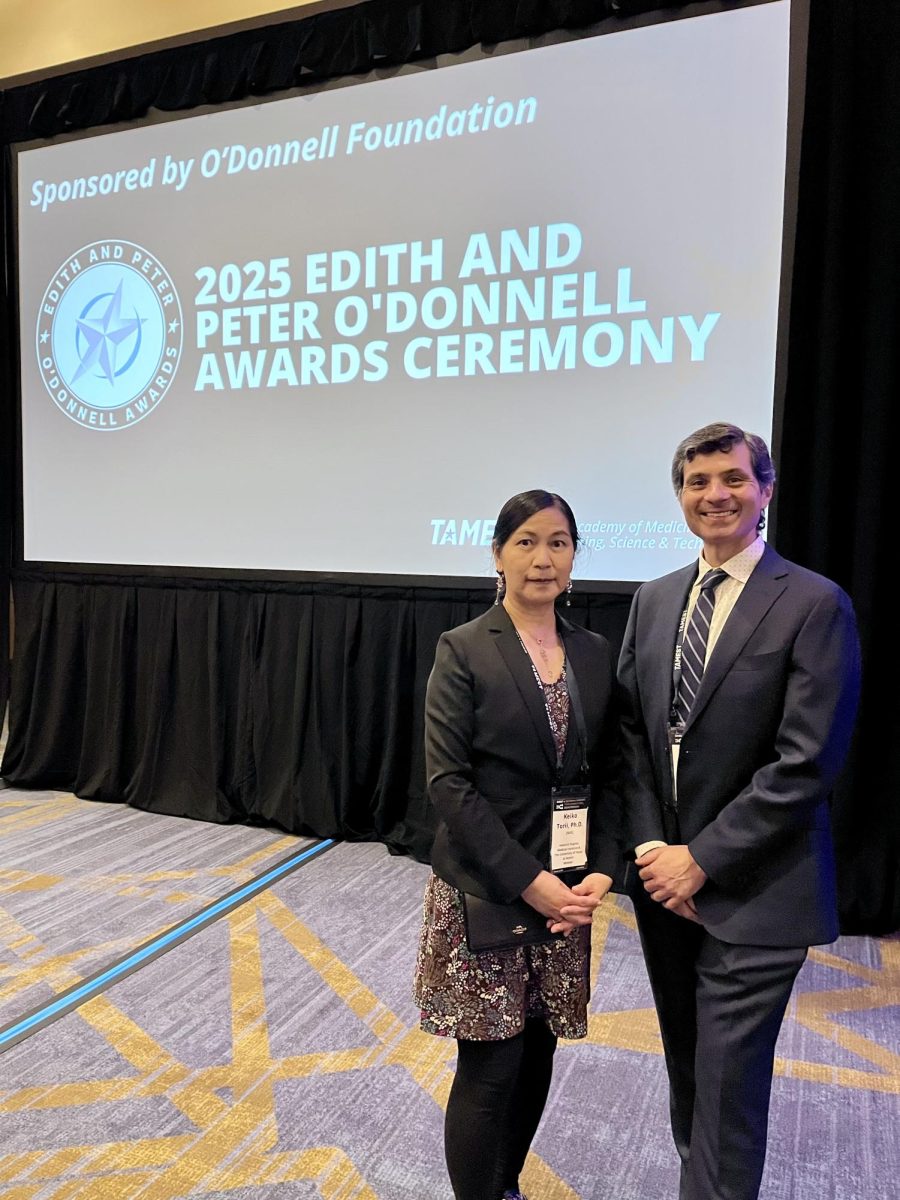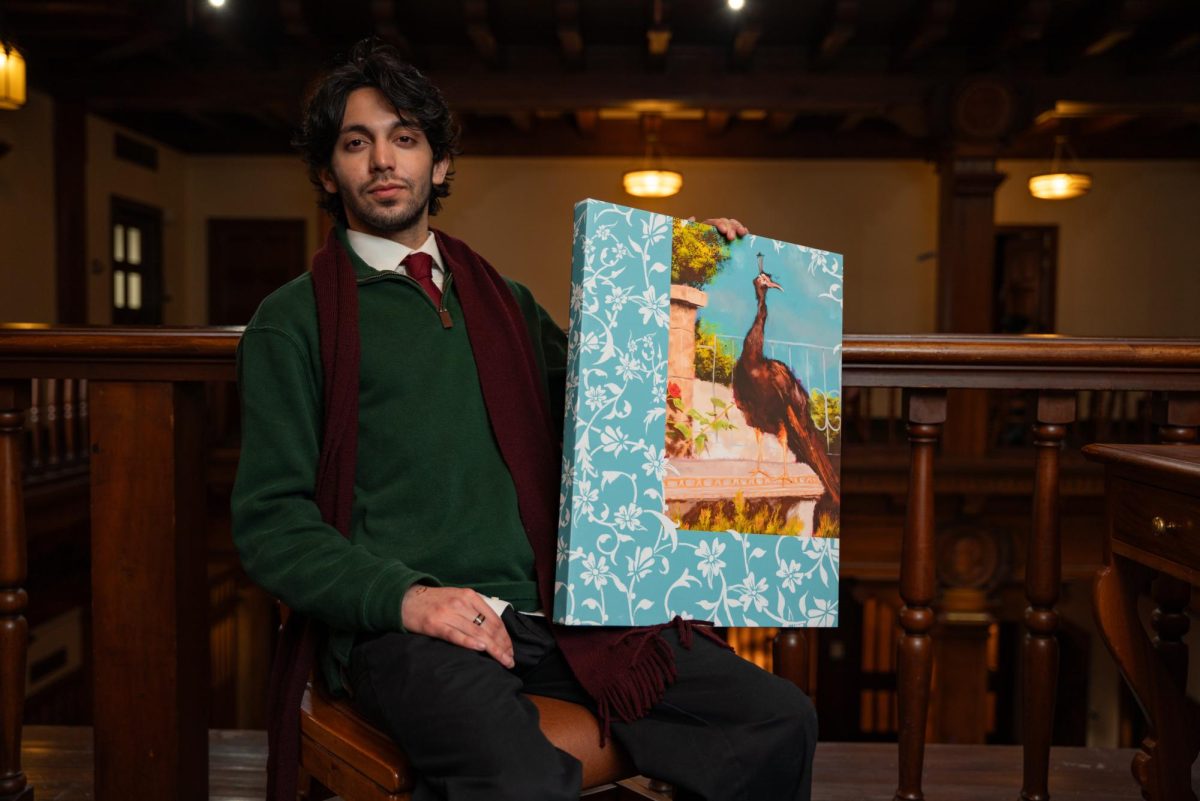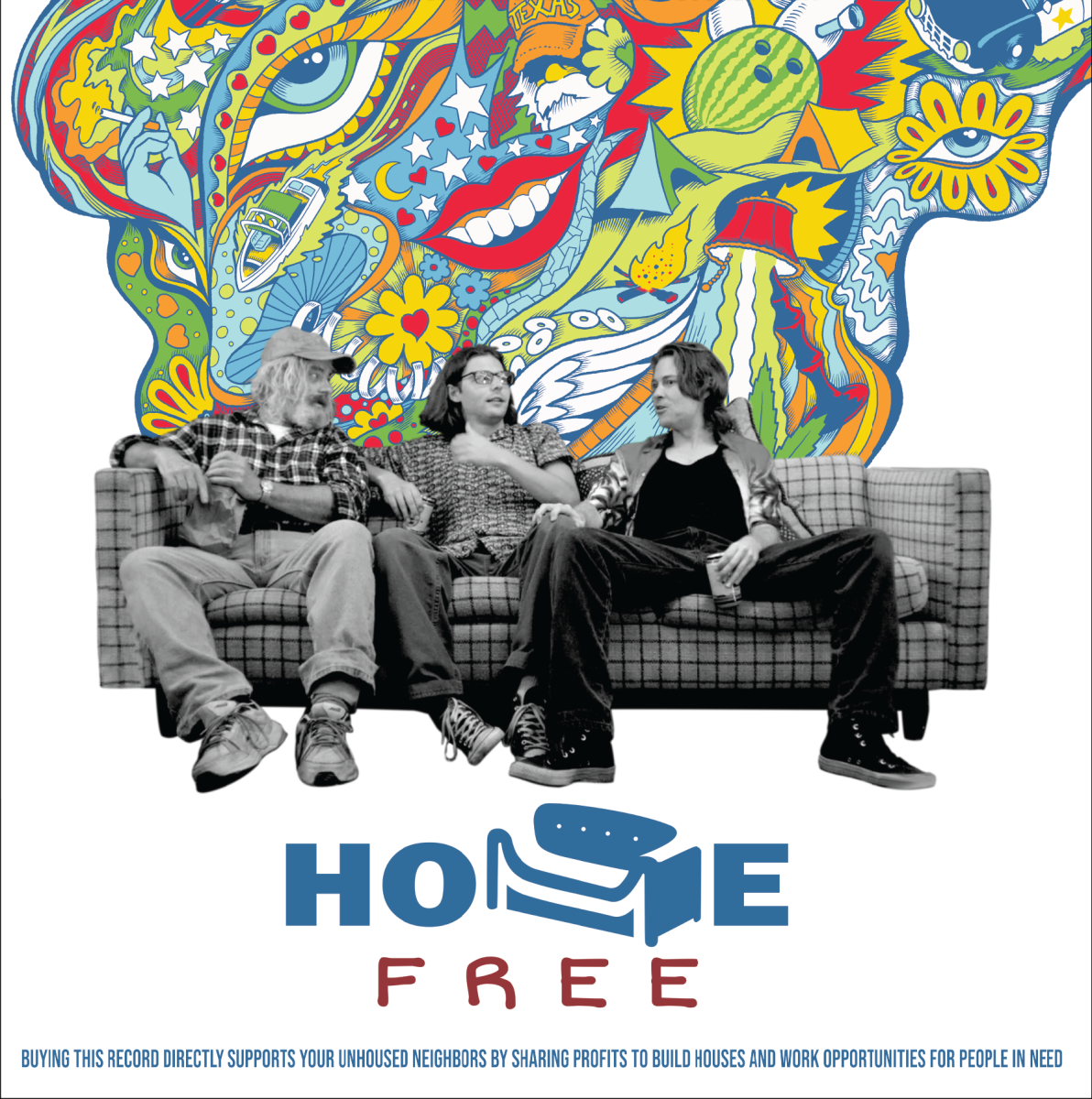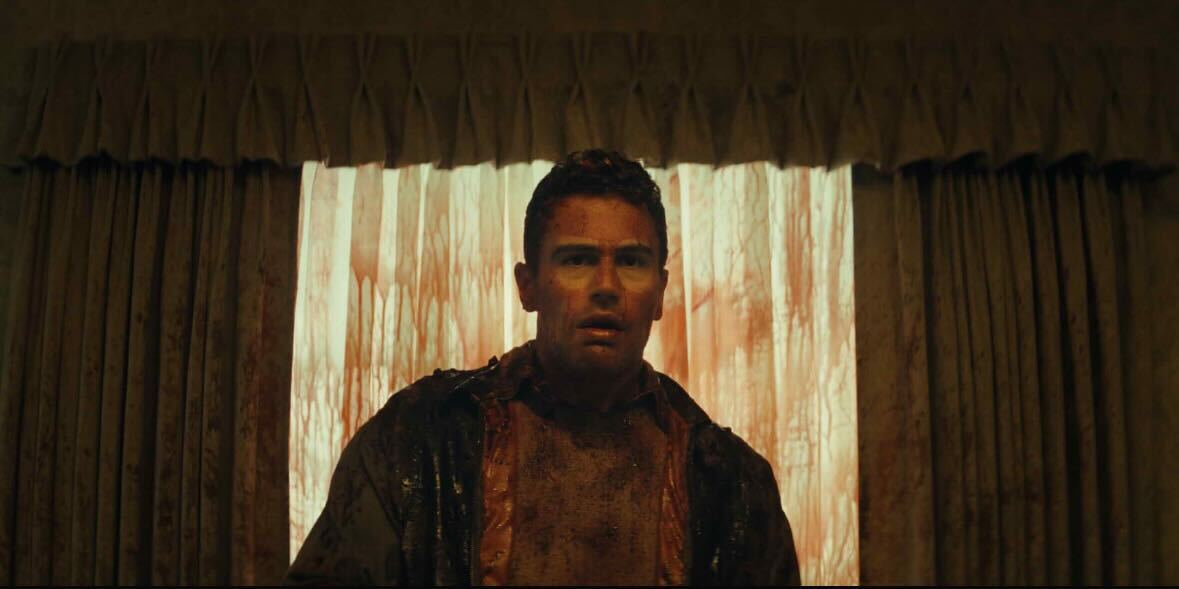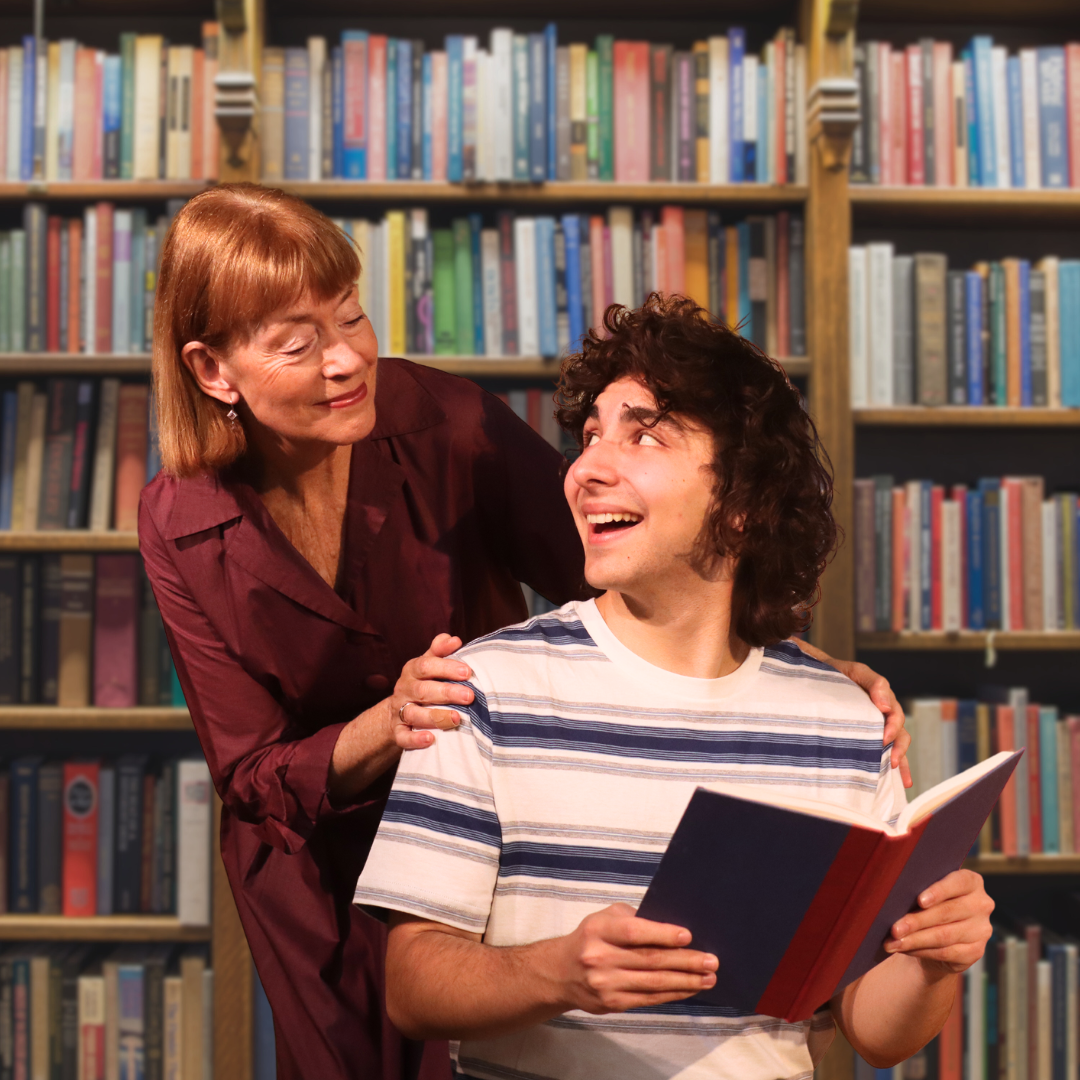On Saturday morning, families and friends in bright blue t-shirts gathered in front of Loop Running Supply in Gables Park Plaza in anticipation for the annual One Million Steps for OCD Walk hosted by the International OCD (obsessive-compulsive disorder) Foundation. Many wore neon signs around their necks stating “For My Daughter,” “You are not alone” and “You are enough.”
On Saturday, participants of the Austin OCD Walk gathered to circle a 2-mile loop around Lady Bird Lake to raise awareness and break the stigma about the disorder. According to the IOCDF website, Denis Asselin created the walk after he walked 500 miles from Cheyney, PA to Boston, MA in 2012 to honor his son who took his own life after struggling with OCD and body dysmorphic disorder.
Among those walking were sustainability studies senior Olivia Caggiano and business sophomore Sidney Tillotson. In September, Caggiano and Tillotson launched a blog centered on OCD education so they could spread awareness about the disorder. The site holds their personal stories and shares resources for the disorder.
“My senior year (of high school), Sidney opened up to me about how she had been diagnosed with OCD,” Caggiano said. “As she started talking, I felt like she was sitting in my brain. It took me a couple more months before I came to her, and was like, ‘I think I might have this,’ but her opening up to me saved my life.”
Austin Bridges, owner of Austin Anxiety and Trauma Specialists, said the event as a whole provides community. Prior to the walk, participants could browse booths with resources to help those struggling with OCD and hear short speeches from local psychiatrists and volunteers that deal directly with the disorder.
“The community that we have with OCD exists, but can feel very isolating if you’re someone with lived experience with OCD,” said Bridges. “Even as a clinician in private practice, sometimes you don’t get these opportunities to celebrate the wins that you otherwise would, which is why events like this are so important to show people that you’re not alone in your struggle.”
Caggiano and Tillotson said the isolation OCD brings makes life feel terrifying. The disorder attacks important aspects, such as morals and identity, and builds a sense of hopelessness and distrust. Tillotson and Caggiano said they strive for their blog to reach other students who struggle with OCD and let them know they are not alone.
“One in 40 people have OCD,” Tillotson said. “So when you calculate the University of Texas population, which is like 52,000 people, there’s 1,700 people on UT’s campus that have OCD diagnosed or undiagnosed and experience these things. How do we reach them, and how do they understand that they are not wrong?”

